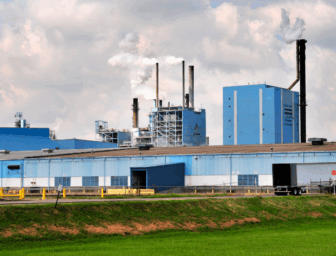FOR IMMEDIATE RELEASE
CONTACT:
Jamie Nolan Mike Tidwell
240.396.2022 240.460.5838
jamie@chesapeakeclimate.org mtidwell@chesapeakeclimate.org
ANNAPOLIS, MD – Offshore wind power provides electricity with dramatically lower economic, health, and environmental costs than conventional sources, experts testified at a Senate Finance Committee study session today in Annapolis.
By developing just one 500-megawatt offshore wind park, Maryland would save approximately 700 lives and over $4 billion in health costs over 25 years, according to expert calculations.
“Maryland cannot afford to continue paying higher medical bills for largely preventable exacerbations of childhood asthma, heart, and lung disease. We have strong evidence that the air pollution from coal-fired power plants makes these illnesses worse,” said Cindy Parker, Assistant Professor of Environmental Health Sciences at the Johns Hopkins University Bloomberg School of Public Health, who testified at the hearing.
According to a study published in February by Harvard Medical School professor Dr. Paul Epstein, a “full cost accounting for the life cycle” adds approximately 17.84 cents per kilowatt-hour to the cost of coal power. This accounting includes carcinogens, health-hazardous emissions, global warming emissions, mental retardation cases attributed to mercury emissions, and other damages.
“As Maryland currently generates about 60 percent of its energy from fossil fuels, we should take their full costs into account when making decisions about our energy future,” said Mike Tidwell, Executive Director for the Chesapeake Climate Action Network. “Offshore wind power works for Maryland by creating thousands of jobs, reducing the suffering of children with asthma, and helping to solve our climate crisis.”
Since 1950, the U.S. government has provided more than half a trillion dollars in subsidies to the oil, coal, and natural gas industries, according to data published by the National Academy of Sciences. Despite subsidies, Marylanders saw their electricity bills, mostly dependent on volatile fossil fuel prices, roughly double in the last decade, according to the Maryland Energy Administration.
“It’s time that we invest in offshore wind, our state’s largest stable-priced energy resource,” added Tidwell.
The Senate Finance Committee plans to hold three more study sessions on offshore wind power prior to the 2012 General Assembly session. Expert environmental health panelists urged the committee to factor in the full costs of energy and to implement policy that will make Maryland offshore wind power a reality.
###




